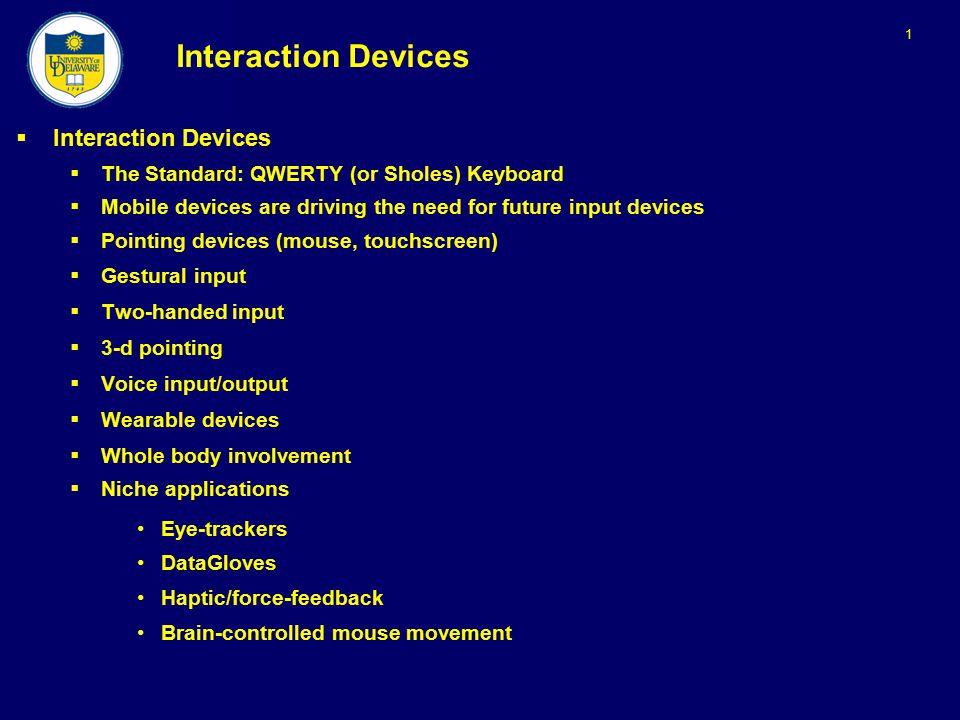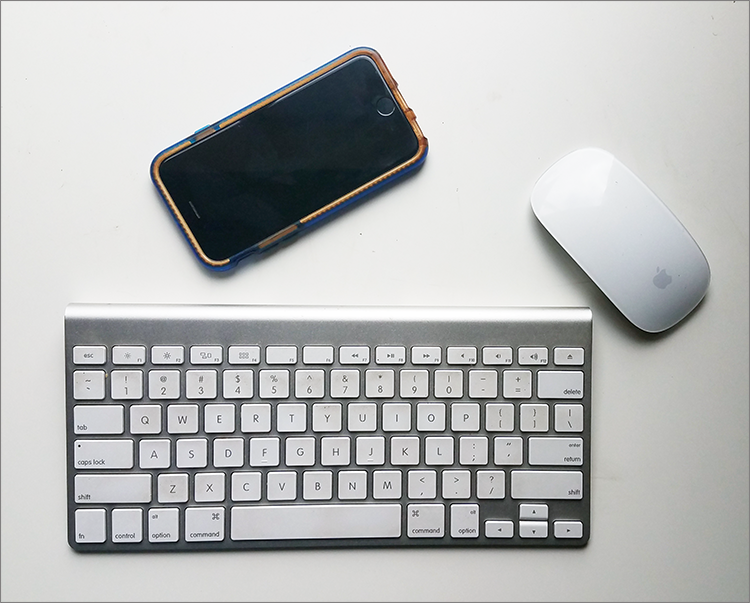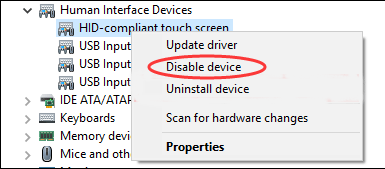This article or section is a candidate for merging with Calibrating Touchscreen.
- Install Touchscreen Device
- Drivers Touch Screen Input Devices List
- Drivers Touch Screen Input Devices Download
In troubleshoot tab, find Hardware Devices and Run the troubleshooter. After that, the troubleshooter system tool will start scan the hardware issue including touch screen missing problem and then fix it automatically. Solution 3: Update HID-Compliant Touch Screen Driver. Installing the missing driver for HID-Compliant touch screen can fix the.
- Download eGalax input device drivers or install DriverPack Solution software for driver scan and update. USB Touchscreen Controller(Universal) USB Touchscreen.
- Howto configure the Linux kernel / drivers / input / touchscreen Mouse driver configuration INPUTTOUCHSCREEN (on/off) Touchscreens Say Y here, and a list of supported touchscreens will be displayed. This option doesn't affect the kernel. If unsure, say Y. INPUTTOUCHSCREEN Option: TOUCHSCREENBITSY Kernel Versions: 2.6.15.6. (on/off/module) Compaq iPAQ H3600 (Bitsy).
If you ever tried to set up a touchscreen device in linux, you might have noticed that it's either working out of the box (besides some calibration) or is very tedious, especially when it is not supported by the kernel.
Introduction
This article assumes that your touchscreen device is supported by the kernel (e.g. by the usbtouchscreen module). That means there exists a /dev/input/event* node for your device. Check out
Install Touchscreen Device
to see if your device is listed or try
for every of your event nodes while touching the display. If you found the corresponding node, it's likely that you will be able to get the device working.
Available X11 drivers

There are a lot of touchscreen input drivers for X11 out there. The most common ones are in the extra repository:
- xf86-input-evdev (likely the default driver if you plug in your touchscreen and it 'just works')
- xf86-input-libinput; see also libinput

Less common drivers, not contained in the repository, are:
- xf86-input-magictouch
- xf86-input-mutouch
- xf86-input-plpevtch
- xf86-input-palmax
Proprietary drivers exist for some devices (e.g.: xf86-input-egalaxAUR), but it's recommended to try the open source drivers first.
Depending on your touchscreen device choose an appropriate driver. Again, evdev is likely to be the default if your touchscreen 'just works.'

Two-fingers scrolling
The two-fingers scrolling has to be implemented on the application side (see this link).For Firefox, see Firefox/Tweaks#Enable touchscreen gestures.
There is a hack to emulates this scrolling behavior for every application in #Touchegg, but the X server still handles it as text selection (at least with Plasma).
evdev drivers
Calibration
Install xinput_calibratorAUR (AUR). Then, run xinput_calibrator and follow the instructions.
Using a touchscreen in a multi-head setup
To use multiple displays (some of which are touchscreens), you need to tell Xorg the mapping between the touch surface and the screen. This can be achieved with xinput as follows.
Take for example the setup of having a wacom tablet and an external monitor; xrandr shows both displays:
You see we have two displays here. LVDS1 and VGA1. LVDS1 is the display internal to the tablet, and VGA1 is the external monitor. We wish to map our stylus input to LVDS1. So we have to find the ID of the stylus input:
We see that we have two stylus inputs. We now need to simply map our inputs to our output like so:
You can automate this by putting these commands in your ~/.xinitrc or similar. The mapping will be lost if the touchscreen is disconnected and re-connected, for example, when switching monitors via a KVM. In that case it is better to use a udev rule. The Calibrating Touchscreen page has an example udev rule for the case when a transformation matrix has been calculated manually and needs to be applied automatically.

Using xrandr-watch-git to automate map-to-output
There are xrandr events we can capture from a script. Install xrandr-watch-gitAUR, create a script ~/.xrandr-changed with execution permission to perform map-to-output, for example:
and start, test and enable the systemd/User service xrandr-watcher.service.
Touchegg
Touchegg is a multitouch gesture program, only compatible with X, that runs as a user in the background, recognizes gestures, and translates them to more conventional events such as mouse wheel movements, so that you can for example use two fingers to scroll. But it also interferes with applications or window managers which already do their own gesture recognition. If you have both a touchpad and a touchscreen, and if the touchpad driver (such as synaptics or libinput) has been configured not to recognize gestures itself, but to pass through the multi-touch events, then Touchegg will recognize gestures on both: this cannot be configured. In fact it does a better job of recognizing gestures than either the synaptics or libinput touchpad drivers; but on the touchscreen, it's generally better for applications to respond to touch in their own unique ways. Some Qt and GTK applications do that, but they will not be able to if you have Touchegg 'eating' the touch events. So, Touchegg is useful when you are running mainly legacy applications which do not make their own use of touch events.
The two-fingers scrolling has been disabled in the recent rewrite of touchegg 2.0.To enable it, install xdotool and see this closed issue.
| English / Deutsch | Print version |
Introduction
The plpevtch driver is an eventdevice driver for touchscreens under Xorg 7.x.

Why another touchscreen driver when evtouch already exists? I was using evtouchon my Flybook with Xorg 6.9 very long. But with Xorg 7.3 it was not working for me. ShortlyI bought a touchscreen and I was not able to get it to work with evtouch. Then quickly Icreated this new driver and it works in the way I want. plpevtch is not a fork of evtouch.
Download
xf86-input-plpevtch-0.5.0.tar.gz (2010/05/25)
xf86-input-plpevtch-0.4.1.tar.gz (2010/04/17) SwapAxes added by Ken
xf86-input-plpevtch-0.4.0.tar.gz (2009/02/26)
Supported Hardware
I have only 2 different touchscreens, so i can only say that it works for those. Butthe driver should work with any other eventdev touchscreen kernel driver too.
The driver was successful tested on
- USB Touchscreen eGalax (ID 0eef:0001 D-WAV Scientific Co., Ltd eGalax TouchScreen)
- Flybook Touchscreen PenmountLPC
Configuration
Important: its required that the evdev kernel module is loaded or builtin in your kernel!
Here is a sample configuration for Xorg 7.x xorg.conf
add to the ServerLayoutHow to calibrate
add Option 'Calibrate' to the touchscreen section
restart the X server
move along the borders of your touchscreen multiple times (ignore the mouse pointer). Its required to get the minimum and maximum values of your screen.
search /var/log/Xorg.0.log for the last 'plpevdev' and 'Calibrate'. You will see something like
(II) touchscreen: Calibrate | MinX: 67 | MaxX: 1984 | MinY: 42 | MaxY: 1920use this values in the touchscreen section of your xorg.conf
remove the Calibrate Option in the touchscreen section
restart the X server
Install
If your Xorg is installed in /usr/X11R7 then run
./configure --prefix=/usr/X11R7 && make && make install
If your Xorg is installed in /usr then run
./configure --prefix=/usr && make && make install
Drivers Touch Screen Input Devices List
Drivers Touch Screen Input Devices Download
© 2021 by Elmar Hanlhofer
This page was last modified on 25/May/2010.

Comments are closed.